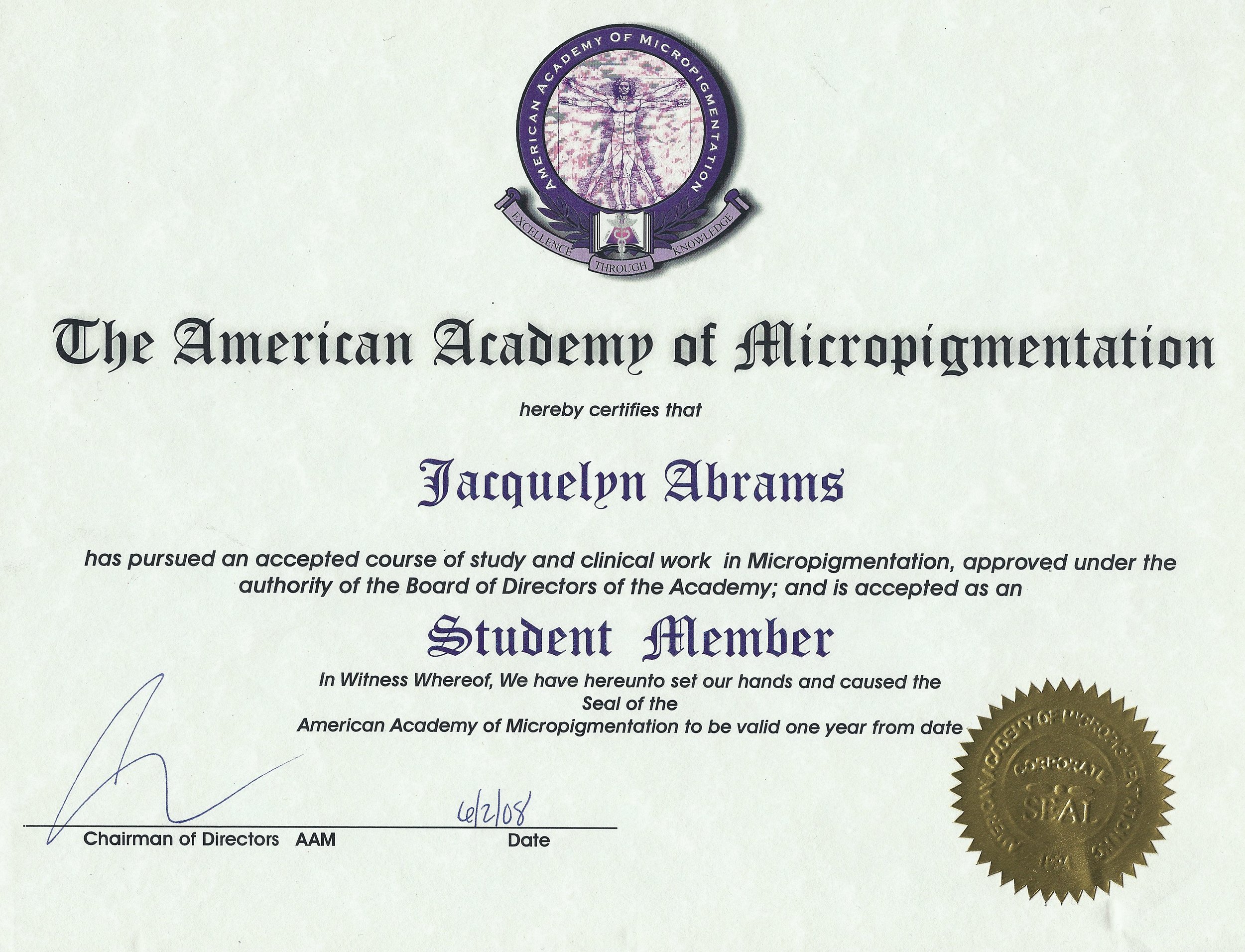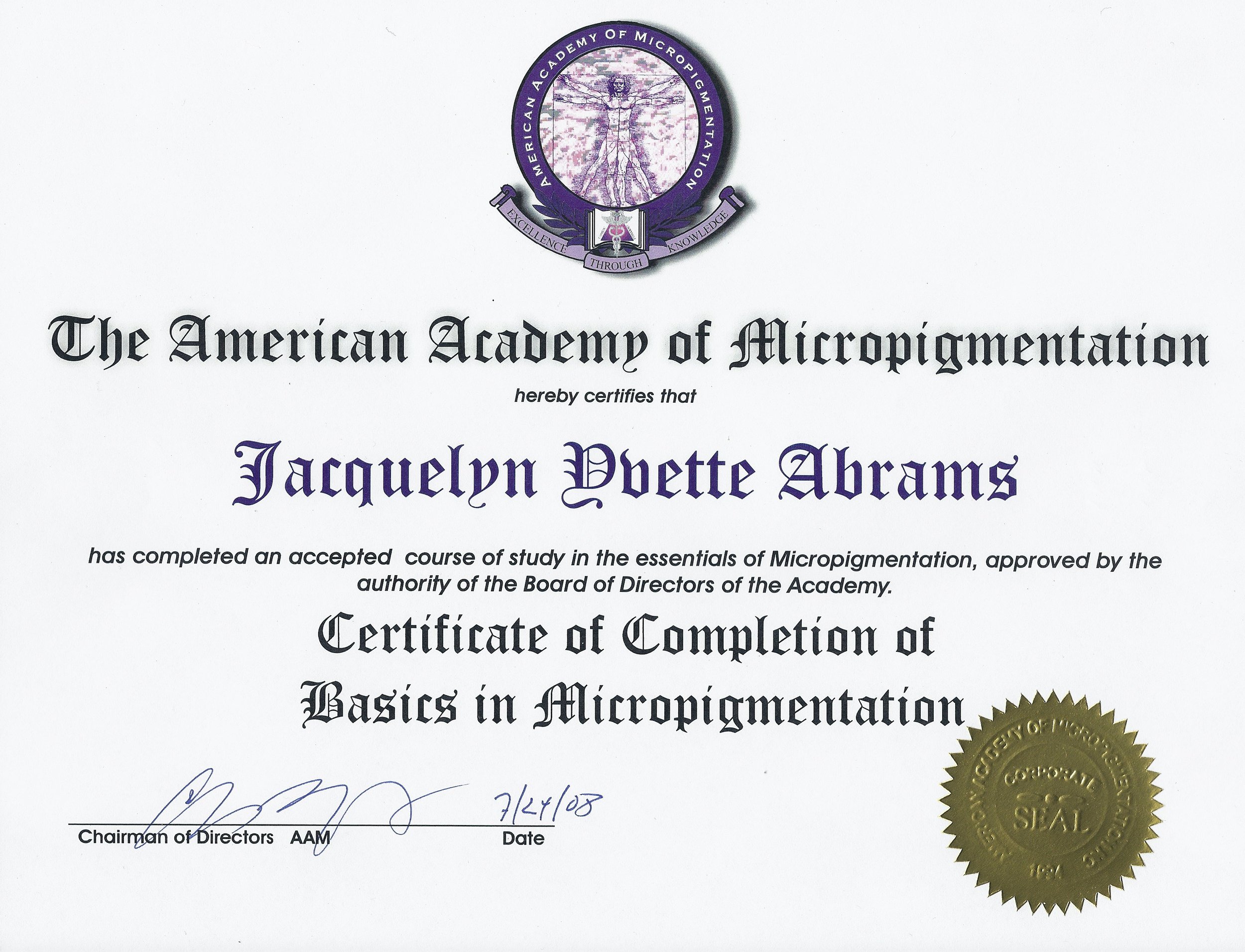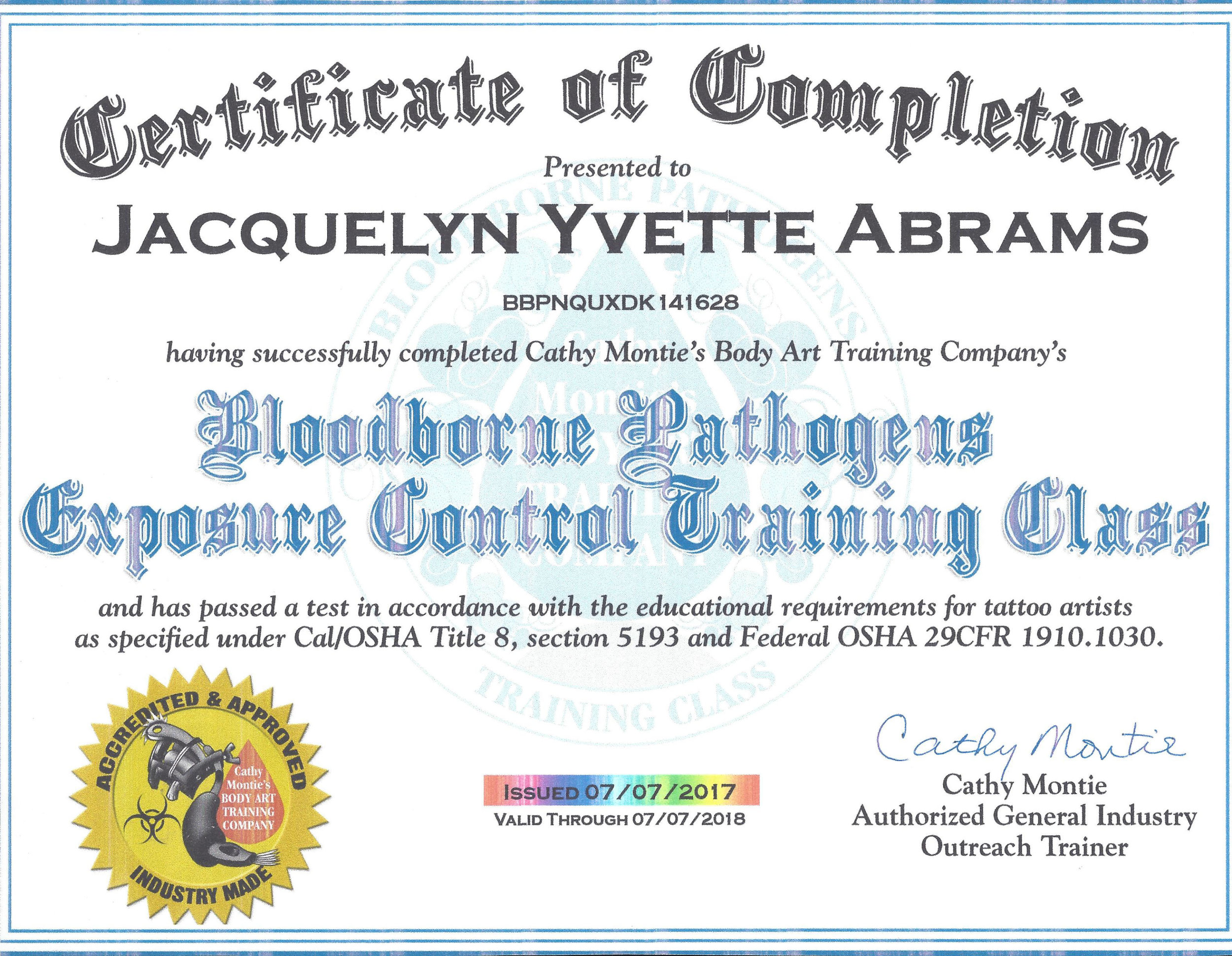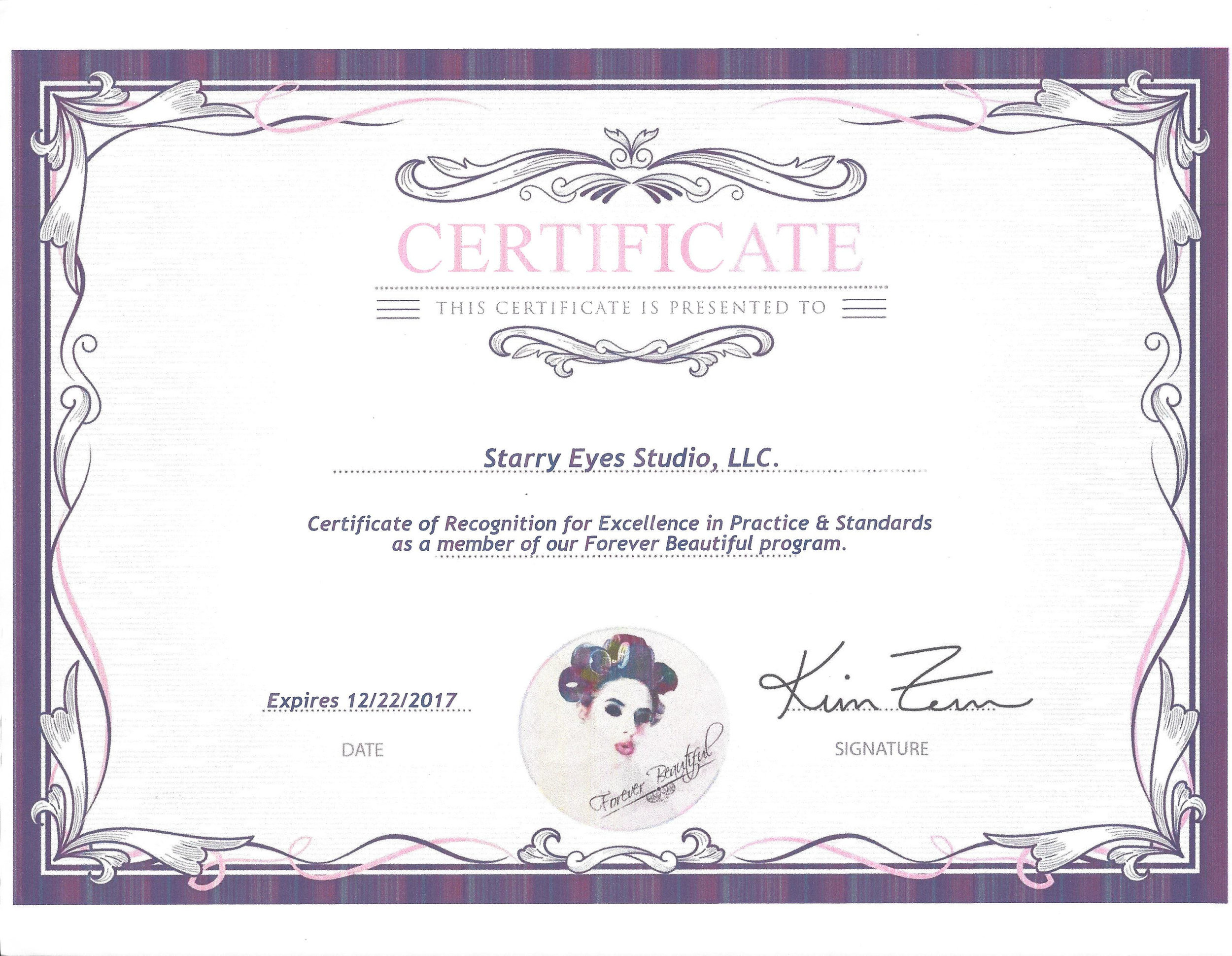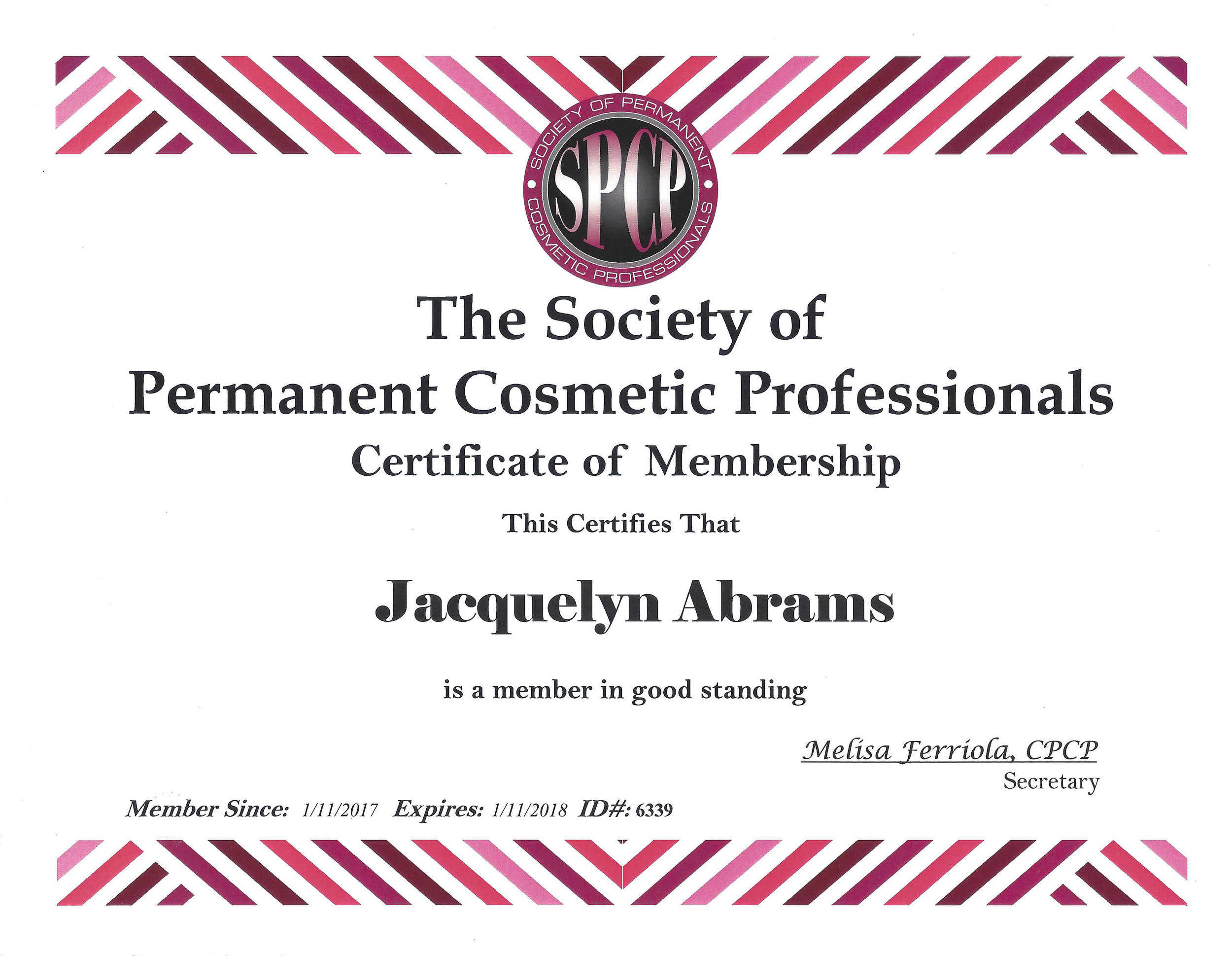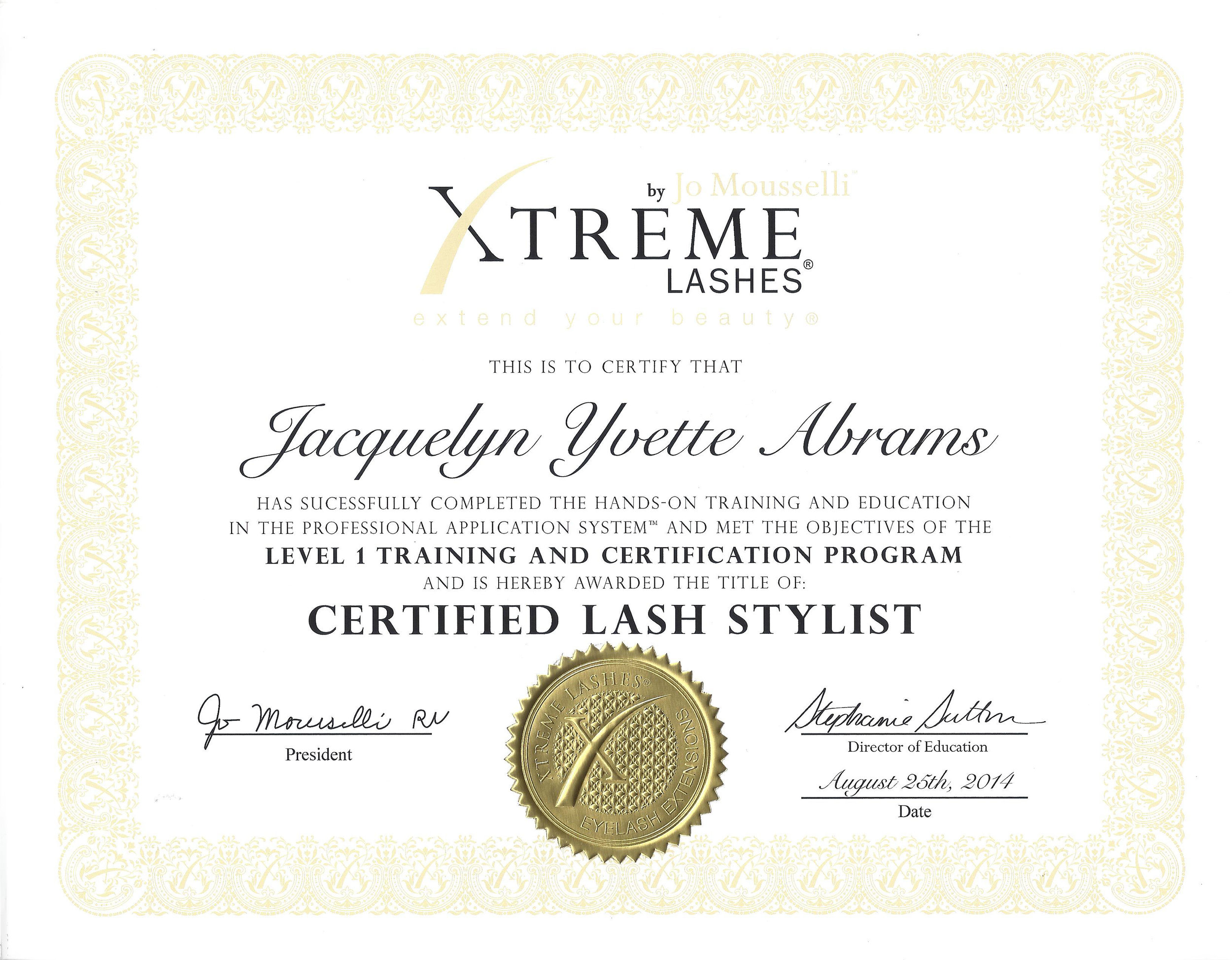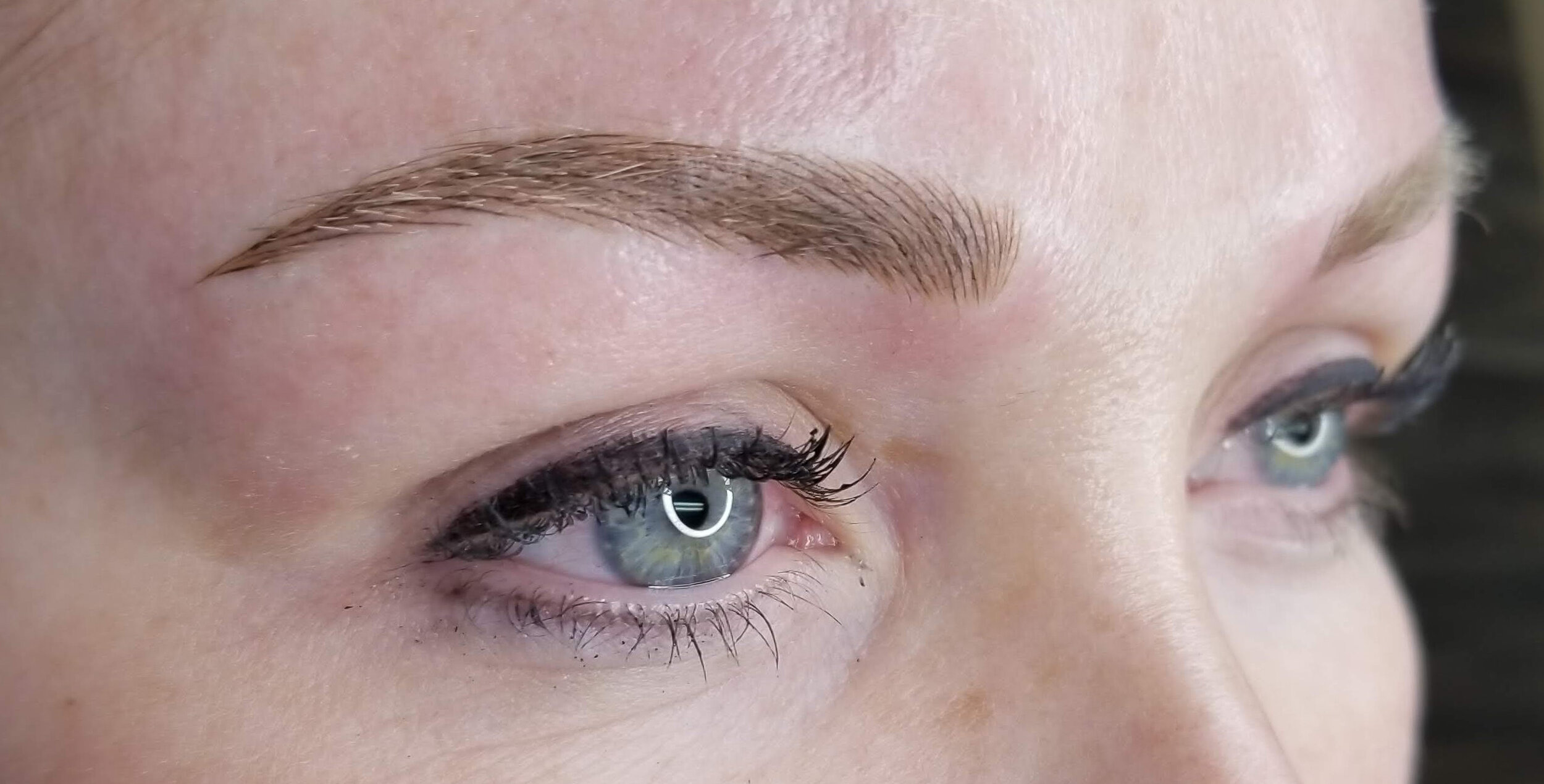
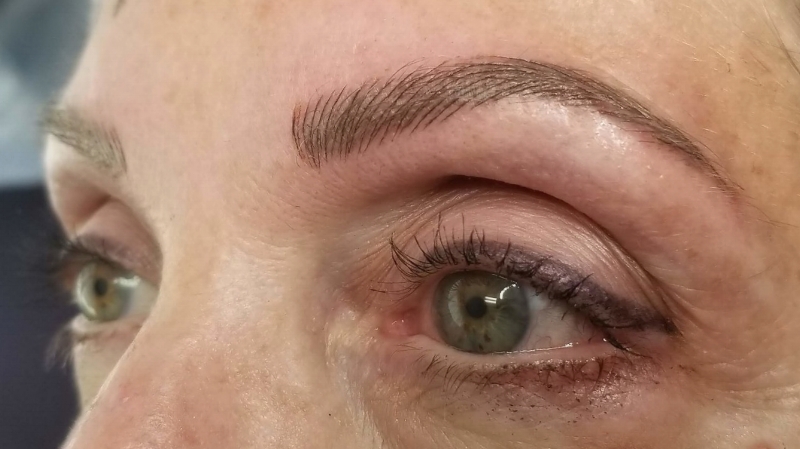
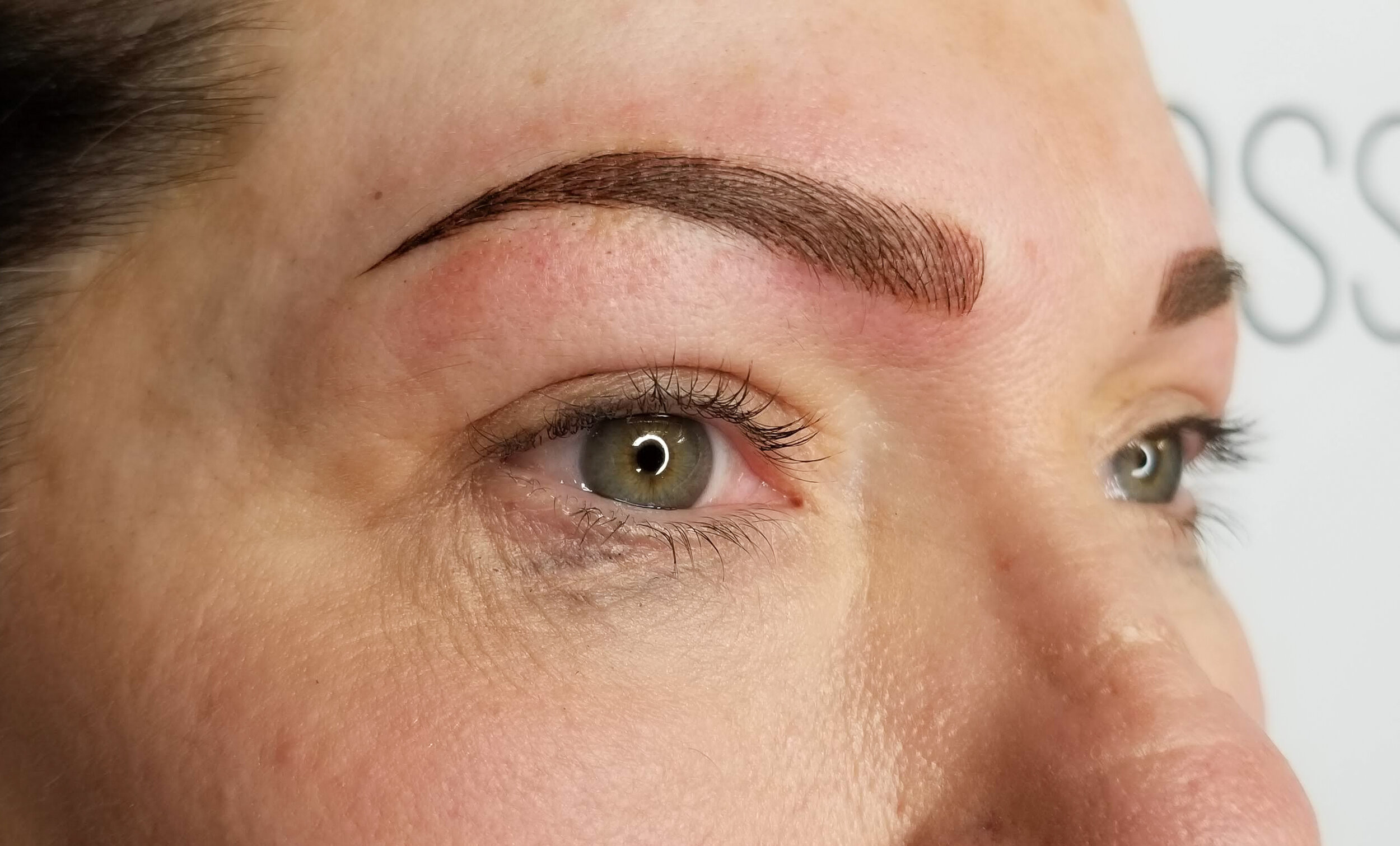

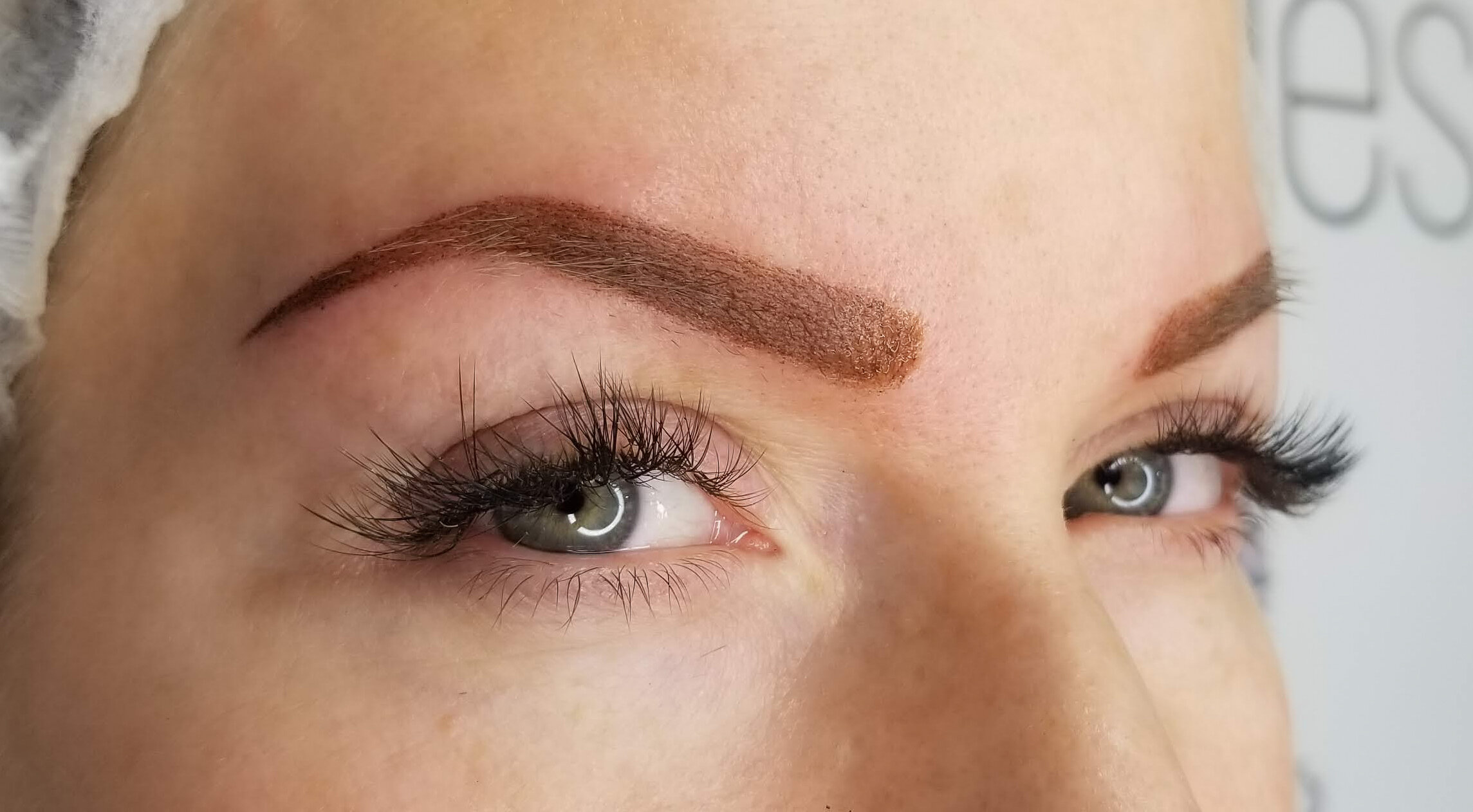
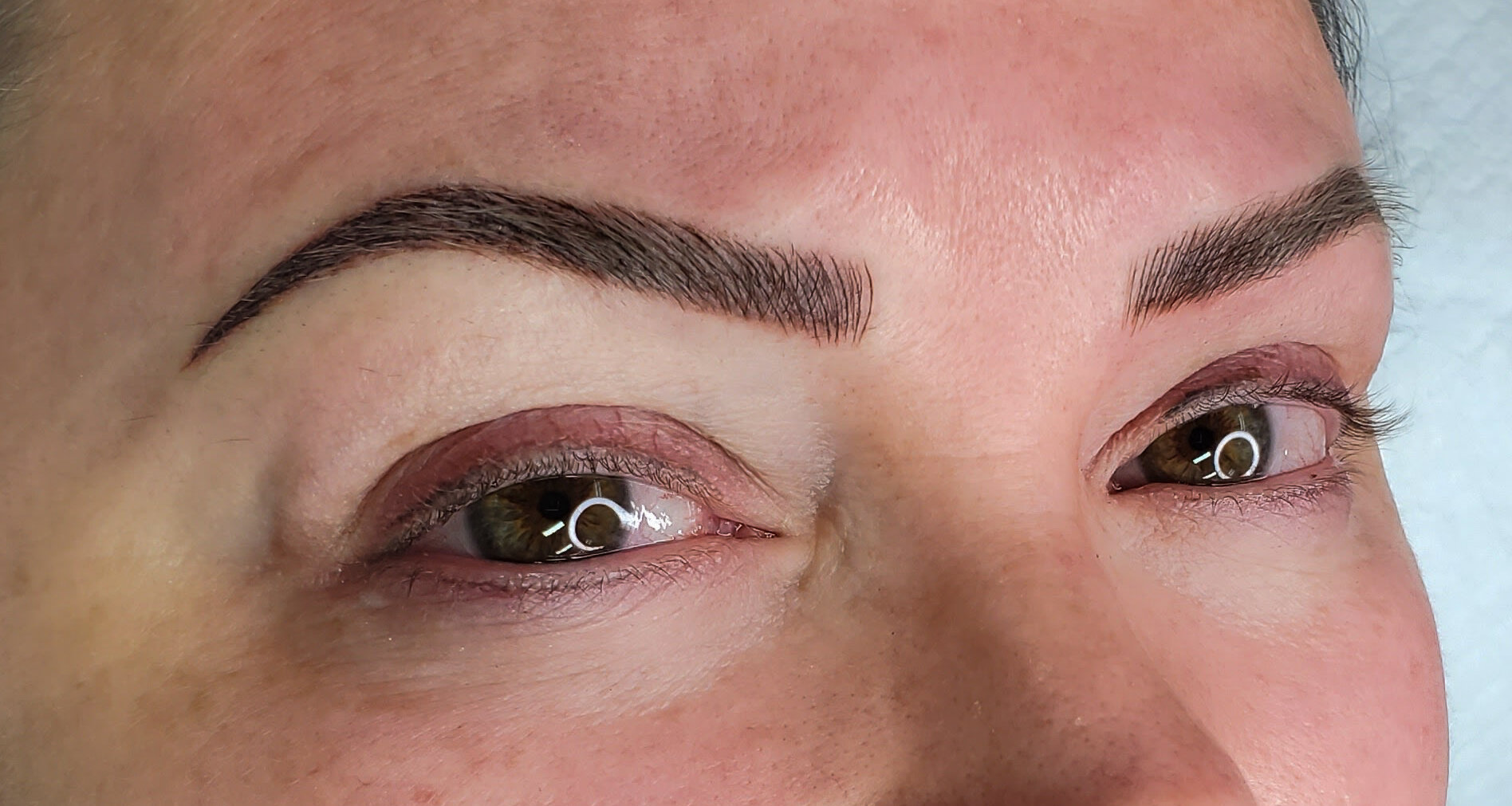
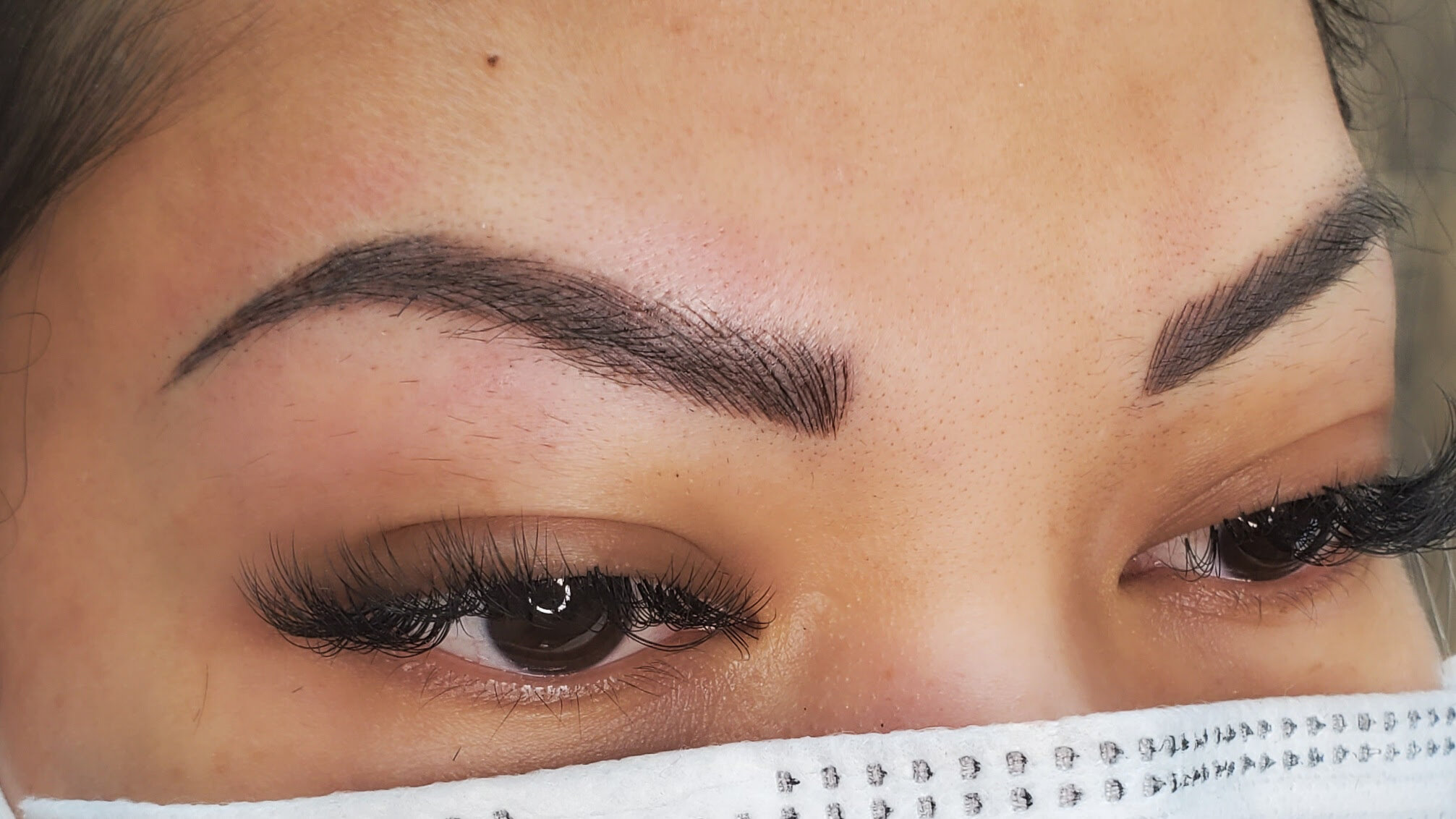
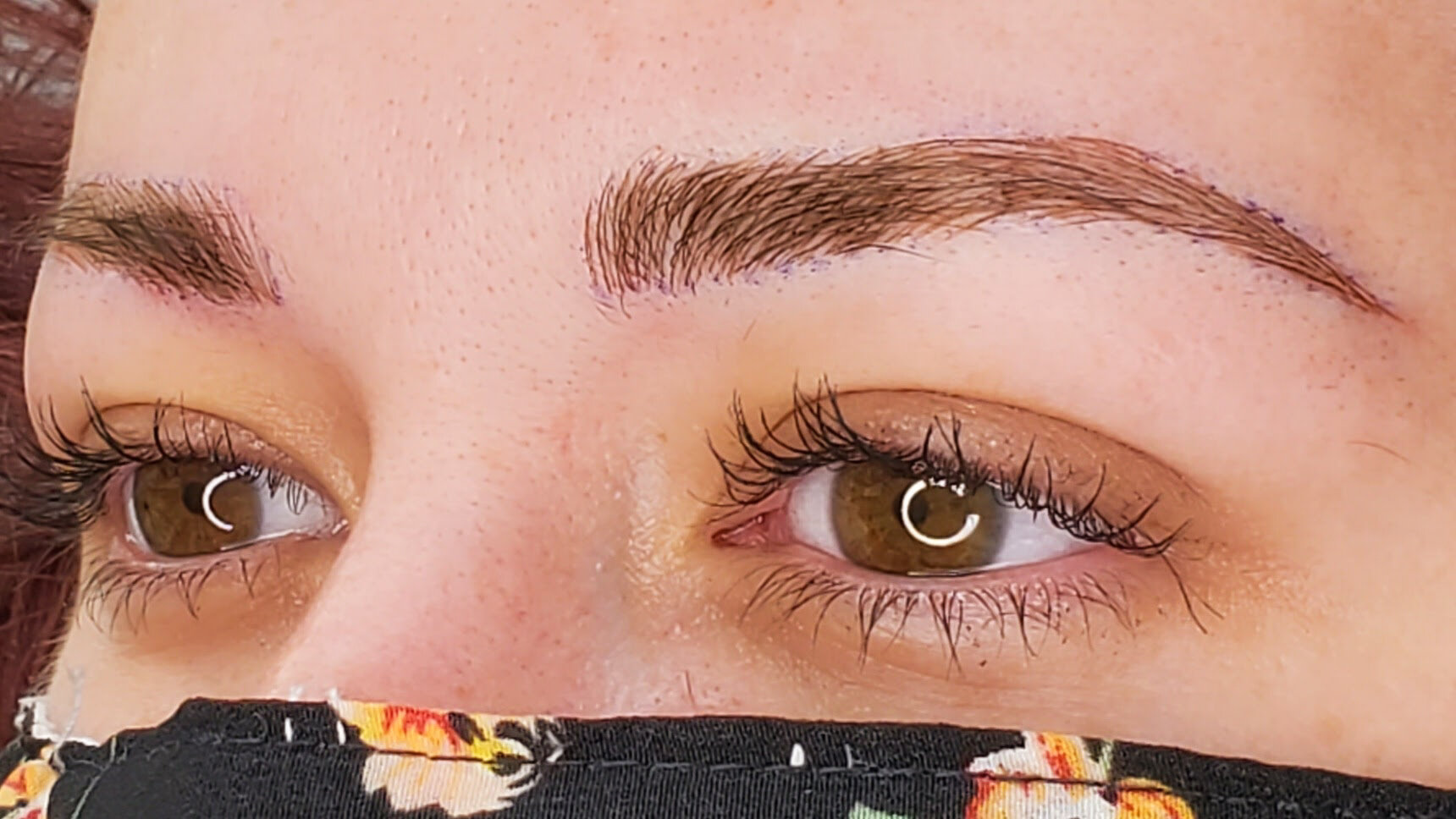
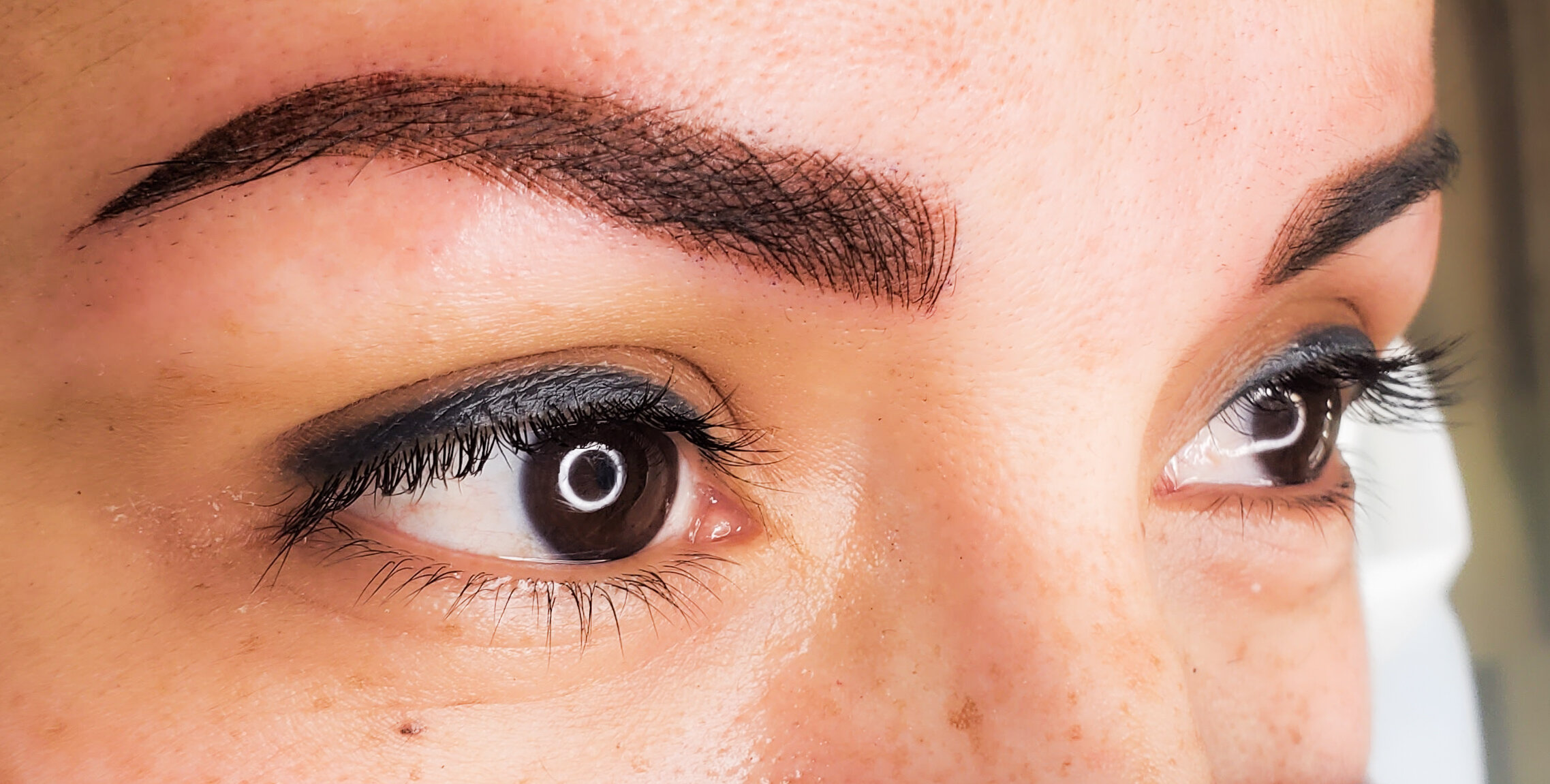
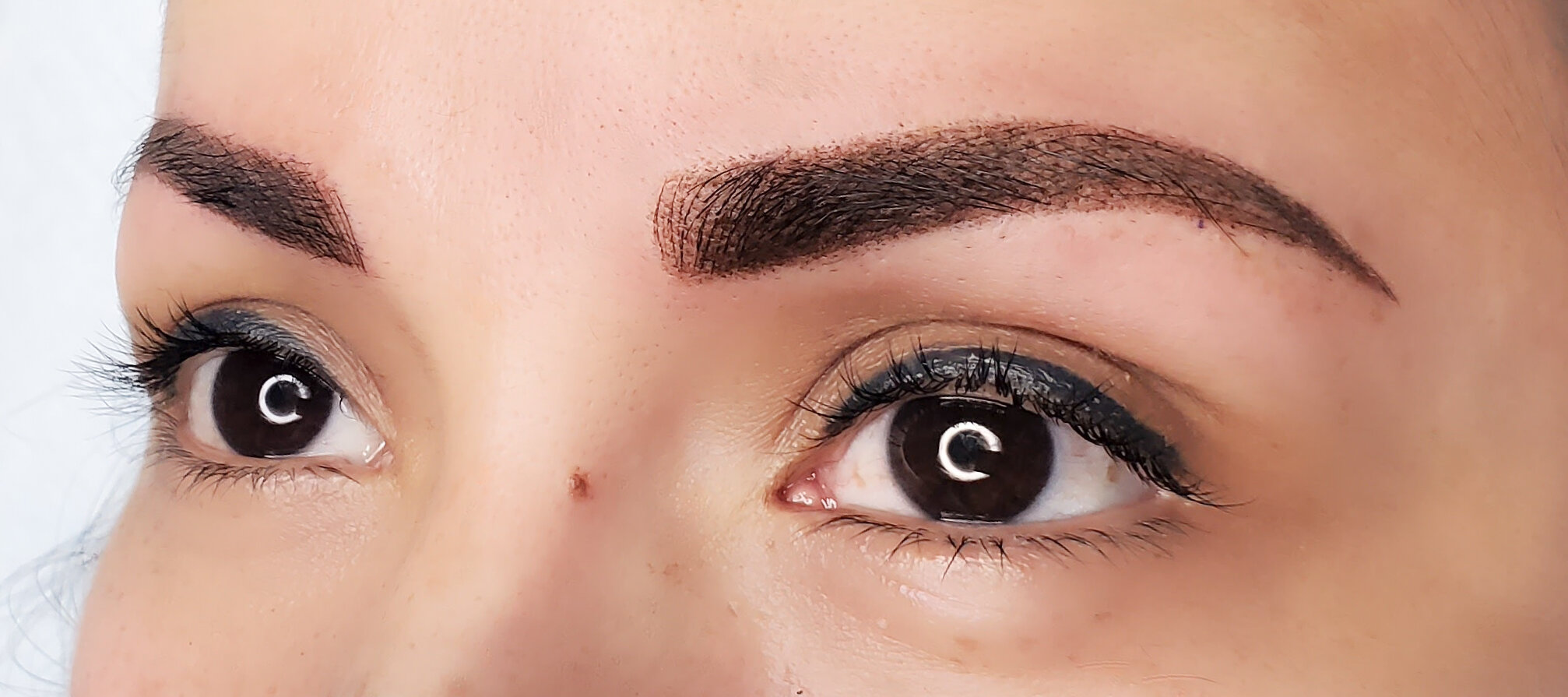
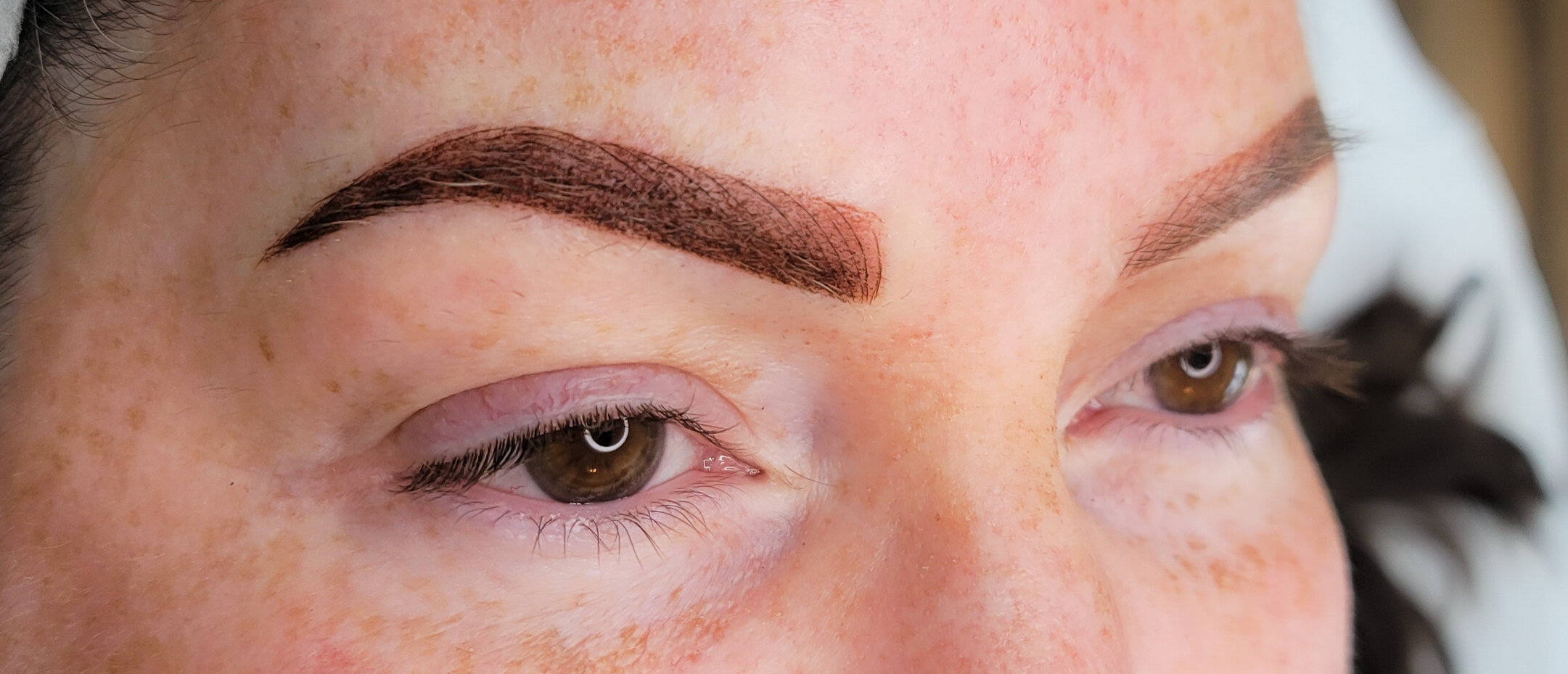
PERMANENT MAKEUP INFORMATION
Permanent makeup is a cosmetic technique that involves tattooing pigment into the skin to create designs that resemble makeup, such as eyebrows, eyeliner, and lipstick. This can be a great option for those who have allergies to traditional makeup, thin or uneven eyebrows, uneven lips, difficulty applying makeup due to poor eyesight or dexterity issues, or an active lifestyle that causes traditional makeup to sweat off. It can also be a time-saving solution for those with busy schedules. In addition to the cosmetic benefits, permanent makeup can help boost confidence and allow you to feel comfortable and self-assured in your own skin. Other names for permanent makeup include micropigmentation, dermapigmentation, microblading, microshading, and tattoo makeup, all of which refer to the same technique.
CLICK ON THE LINKS BELOW TO LEARN MORE!
You may be a good candidate if you:
are over the age of 18
not taking blood-thinning supplements/medications
not pregnant or nursing
healthy skin that is not sun damaged or that is recovering from a previous treatment or procedure
You may not be a good candidate if you (any below can cause retention issues):
have any sores, scabs, or wounds near the procedure site
if you have Eczema, Psoriasis, or Dermatitis near the procedure site
have Rosacea
used Accutane or Retin-A in the past year
use Retinol products or Vitamin A (must stop use and wait 30 days)
use Latisse or any other eyelash/eyebrow growth serum (must stop use and wait 90 days)
have severely oily skin near procedure site
have large pores near procedure site
have any moles, raised areas, or piercings near procedure site
have deep wrinkles near the procedure site
had brow hair transplant
had upper or lower eyelid surgery (eyeliner procedure)
have ever had shingles (exempt due to flare up)
have red hair, have fair or translucent like skin
tan regularly (stop and wait 30 days)
have been in the sun or had a sunburn in the last 30 days
pregnant or nursing (exempt)
hemophiliac (exempt due to bleeding)
have a heart condition/pace maker/defibrillator (exempt)
your body runs hot
have a bleeding disorder
have an Auto Immune Disorder
have Trichotillomania
are on Glaucoma eye drops (eyeliner procedure)
have been instructed to avoid tattoos by a medical provider
have ever had MRSA, Herpes, warts, or other infections
KNOWN MEDICATIONS THAT CAUSE CAUSE RETENTION ISSUES
Accutane
Retin-A
Triffusal (Disgren)
Clopidagrel (Plavix)
Prasugrel (Effient)
Ticagrelor (Brilinta)
Ticlopidine (Ticlid)
Cilostazol (Pletal)
Vorapaxar (Zontivity)
Dipyridamole (Persantine)
Coumadin
Failure to disclose of any skin conditions/medical conditions/medications, will result in a poor outcome and further touch-ups to improve the results will be at an additional cost or treatment may be declined by Starry Eyes Studio. Thank you for your understanding and cooperation.
1 year (365 days) prior:
Stop Accutane
2 months (60 days) prior:
No surgeries or dental procedures which break the skin
No laser treatments or chemical peels (any types) in or around the treatment area
Stop using any brow/lash growth serums
1 month (30 days) prior:
No tanning/sun exposure on your face
Discontinue use of Vitamin A/Retinol/Retin-A products
No botox injections or fillers
No treatments to the face area
2 weeks (14 days) prior:
Stop taking any non-prescription medications or dietary supplements
Avoid things known to thin the blood (fish oils, omegas, antioxidants, vitamin e)
1 week (7 days) prior:
Do not have hair removed (waxing, threading, tweezing) around area
No lash/brow tinting
No spray tanning
Have lash extensions removed (eyeliner procedure)
2 days (48 hours) prior (only applies to lip procedures):>
Begin anti-viral medication for cold sores/fever blisters (Herpes Simplex Zoster 1)
1 day (24 hours) prior:
No alcoholic beverages
No aspirin or NSAID pain killers
The day of:
No caffeinated drinks (coffee, tea, soda, energy, etc)
No "mood altering" drugs
Remove contact lenses and remember to bring glasses (eyeliner procedure)
Please understand that aftercare and long term aftercare is vital to the longevity of your Permanent Makeup. Lifestyle, medications, smoking, metabolism, facial surgery, and age of skin all contribute to fading of Permanent Makeup. If you are a sun bather, have oily skin, use anti-aging creams, Retin-A/Retinol products, acidic cleansers, regular chemical peels, exercise frequently, your Permanent Makeup will fade prematurely. The better you take care of your Permanent Makeup, the longer it will last.
COLD SORES/FEVER BLISTERS: If you were given an anti-viral medication by your physician, please continue using it for 4 days following your Permanent Lip procedure as your physician advises.
AVOID THE FOLLOWING ACTIVITIES TO PREVENT FADING OF YOUR PROCEDURE(S).
WATER EXPOSURE: Avoid any water (pool water and saltwater included) directly on procedure area for 2 weeks (14 days), if you do get area wet, please use a clean tissue to blot area dry.
EXERCISING: Avoid sweating or exertion of any kind for 2 weeks (14 days). Sweaty (salt) skin will cause your Permanent Makeup to fade, blur, or cause the pigment to not take at all. Salt is used to remove Permanent Makeup, thus why it causes it to fade quickly. It is recommended not to sweat for the first 2 weeks (14 days) after the procedure(s).
SUN EXPOSURE/TANNING: Avoid sun exposure/tanning (if you must go outside, wear a hat that completely shades your face and large sunglasses). Please understand tanning your face after a Permanent Makeup procedure will darken the pigment and cause it to "ash" out making it appear gray. Avoid tanning on your face for long term aftercare of your Permanent Makeup to help it last longer.
MAKEUP/COSMETICS: Avoid makeup use for 2 weeks (14 days) on or around procedure area. It is advised to purchase new mascara if you had a permanent eyeliner procedure (used mascara bottles tend to have bacteria growth after opening). DO NOT USE an eyelash curler for 2 weeks (14 days) if you had a Permanent Eyeliner procedure. This instrument pulls eyelashes and the tissue containing your eyeliner pigment that surrounds the lashes.
BOTOX/RETINOL/RETIN-A: Please understand that you can not have Botox or Retinols/Retin-A for 3 weeks (21 days) after your procedure.
CHEMICAL PEELS: Avoid chemical peels or lasers for 2 months (60 days) after (avoid the forehead for long term aftercare). If this is done often, it will cause the Permanent Makeup to fade faster due to the chemicals traveling under the skin, even after healed.
SLEEPING ON PROCEDURE AREA: Avoid sleeping on your face during the first 2 weeks (14 days) after the procedure(s).
WAXING/TINTING: It is recommended to wait at least 2 weeks (14 days) to have them waxed and 1 month (30 days) for tinting.
OINTMENT APPLICATION
Upon completion of your procedure(s), you will receive an After Care Kit that will aid you in taking care of your new Permanent Makeup. Please only use the provided aftercare ointment to ensure proper aftercare is being followed.
EYELINER
Days 1-14: Apply a very thin layer of ointment, once a day, sent home in the Aftercare Kit. Use a microbrush or cotton swab to apply a thin layer over procedure area(s). Keep in mind, that this area will be tender and is an open wound, only touch area with clean hands. Feel free to ice the area, the first couple of days, for up to 15 minutes alternating 5 minutes on and 5 minutes off, once a day if swollen. Remember to save some of your ointment for your touch-up visit as you will need to follow the same aftercare instructions. Avoid water and sun.
EYEBROWS
Days 1: Blot gently, every 20 minutes or so, with a clean kleenex/tissue.
Days 2-14: Wash area gently with mild antibacterial soap once a day. Dry area completely with a clean paper towel Once area is completely dry, apply a thin layer of ointment with a microbrush or cotton swab, once a day, over procedure area(s). Keep in mind, that this area will be tender and is an open wound, only touch area with clean hands. Remember to save some of your ointment for your touch-up visit as you will need to follow the same aftercare instructions. Avoid water and sun.
LIPS
Days 1-4: Lips will ooze (plasma) for a couple of days. Apply ointment 3 times a day, sent home in the Aftercare Kit. Use a microbrush or clean hands to apply a thin layer over procedure area(s). Blot and reapply ointment as necessary. Rinse with water or apply more ointment, if there is crusting from sleeping. Use a good lint free paper towel to blot lips. Feel free to ice the area, if needed, for up to 30 minutes a day, alternating five minutes on and five minutes off the area.
Days 4-14: Avoid stretching the lips, moving mouth or puckering (if a smoker) during healing process. Begin applying a thick layer of ointment over chapped lips, you may relieve the area by lightly massaging the area (with clean hands) which will also help exfoliate some of the crusting phase. DO NOT PICK! Allow the area to naturally exfoliate on it's own. Avoid anything on the lips, if possible.
Days 14-30: Lips will feel more chapped than normal and color will return to normal. Keep applying ointment when needed.
LONG TERM INSTRUCTIONS
- After this time, you can generally resume your normal activities EXCEPT:
You will always need to avoid UV/Sun exposure which will change your pigment color causing it to "ash" out making it appear gray.
- You will need to avoid applying "skin turnover" products in your permanent makeup area (glycolics, retinols, acids, etc).
WHAT TO EXPECT AFTER PERMANENT MAKEUP PROCEDURE(S)
HEALING SCHEDULE
EYEBROWS
Day 1-3: The eyebrows are approximately 20% to 25% darker and bolder in width than when healed. Your skin is red under the pigment which causes the color of the pigment to appear darker. There is some swelling, although difficult to actually see due to the thickness of the skin in the eyebrow area. This will subside. Exfoliation, which begins in a few days, will cause the excess pigment surrounding the eyebrow procedure to flake away and a narrower appearance will result. New skin will over the pigmented area and result in a softer appearance of your eyebrows. Don't be concerned that your eyebrows initially appear heavier and darker in size than you desire. This is all part of the process. Possible itching from the healing process is normal. DO NOT PICK/SCRATCH area. Exfoliation begins.
Day 4: Exfoliation is in process and small particles of pigment are starting to flake off.
Day 5-7: Color finishes flaking off and you will see a softer, however grayer effect for a few days until the color clarifies.
Day 8-30: Color will go through some changes until it finally settles into the correct color around day 25.
EYELINER
Day 1: Probable slight swelling. This is dependent upon the amount of histamines in each client's body. Normally you will appear as if you have been crying or have allergies. The eyeliner appears darker and thicker than it will in a few days.
Day 2: The morning of day 2 is normally the morning the swelling will peak. Plan on some time in the AM for on again/off again icing of the eye tissue. The darker and thicker appearance continues.
Day 3-4: Less swelling, however the eye tissue feels tight and somewhat drawn. Exfoliation begins. Some feeling of pinching and itching is quite normal. DO NOT PICK/SCRATCH area. The pigment is dehydrating under the eye tissue and exfoliation continues.
Day 5: The color of your eyeliner may appear somewhat grayish; however the color will clarify in a few days.
Day 6: The pigment has dehydrated under the skin and exfoliated. The applied eyeliner appears thinner and lighter than on the first day.
Day 7-30: Eyeliner is still changing in color and will come into the correct color around Day 25.
LIPS
Day 1: Swelling, tender, heavy thick lipstick look with a reddish brick color effect.
Day 2: Slight swelling, reddish and tender with a slight metallic flavor.
Day 3: Less swelling, thicker texture, sore, hot feeling before exfoliation with an orange color effect.
Day 4: Exfoliation begins, very chapped lips.
Day 5: Very chapped, almost finished with first chapping stage.
Day 6: A soft, rich color begins to appear.
Day 7-13: Lip color disappears and the "frosty" (2nd chapping stage) begins as a whitish/grayish haze on the lips.
Day 14: Color "blooms" from within more and more each day until day 21 (3 weeks post procedure).
Day 21-30: Healing is completing its final stage, the color you see is the color you have. Your lips will remain a bit dry for a month or two, use a good lip balm and they will return to normal but with full color.

